Responsible Use of Chum: Legal and Ecological Considerations
Chumming—distributing bait materials into water to attract fish—has been a fishing technique employed for centuries across diverse cultures and fishing environments. From recreational anglers seeking weekend catches to commercial operations maximizing their harvest, chum remains a widespread and effective fishing aid. However, as our understanding of marine and freshwater ecosystems has evolved, so too have concerns about chum’s potential ecological impacts and the need for responsible regulation. This article explores the complex intersection of chumming practices with environmental stewardship, examining the legal frameworks governing their use and the ecological considerations that should inform responsible fishing practices.
Understanding Chum: Composition and Purpose

Chum typically consists of fish parts, blood, bone, and other organic materials that create a scent trail in the water to attract target species. The composition varies widely depending on location, target species, and local traditions, ranging from commercially prepared products to homemade mixtures. Recreational anglers might use simple mixtures of fish oils, bread, and chopped bait, while commercial operations often employ more sophisticated blends designed for specific species. The fundamental purpose remains consistent across all applications: to create an olfactory stimulus that draws fish to the fishing area, increasing catch rates and efficiency. This technique exploits the highly developed sense of smell that most fish possess, allowing them to detect food sources from considerable distances.
Historical Context of Chumming Practices

Chumming has ancient roots, with evidence suggesting indigenous peoples worldwide incorporated various forms of bait distribution in their fishing practices for thousands of years. Native Hawaiian fishermen developed sophisticated chumming techniques using specially prepared mixtures of crushed shellfish and plant materials to attract specific fish species to their fishing grounds. Similarly, coastal communities throughout the Mediterranean region and Asia have documented histories of using ground fish and other organic materials to increase fishing success. The modern evolution of chumming emerged alongside commercial fishing in the 19th and early 20th centuries, when larger-scale operations began systematizing the practice. Today’s chumming methods represent refinements of these traditional approaches, now informed by scientific understanding of fish behavior and sensory biology.
Legal Frameworks Governing Chum Use
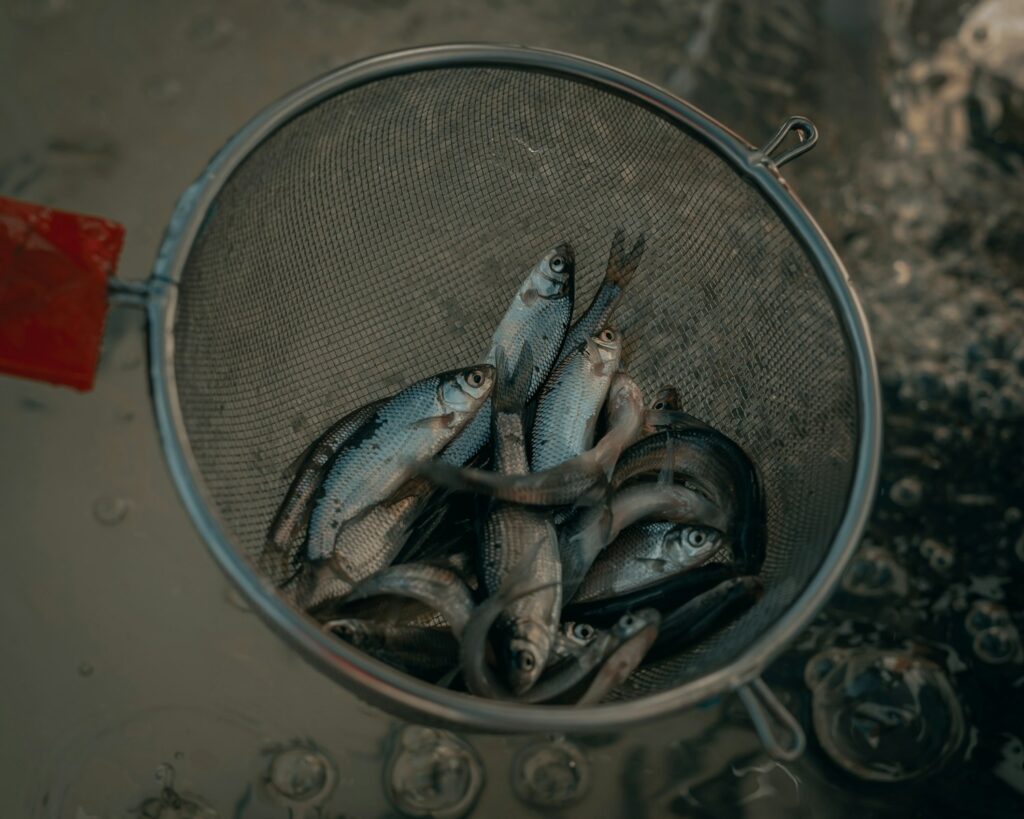
Regulations regarding chumming vary dramatically across jurisdictions, reflecting different ecological priorities and fishing traditions. In the United States, rules are typically established at the state level, with coastal states often imposing stricter regulations than inland areas due to concerns about marine ecosystem impacts. Florida, for example, prohibits chumming in certain sensitive areas like state parks and designated no-fishing zones, while allowing regulated use elsewhere. Australia has implemented some of the world’s most comprehensive chumming regulations, particularly around areas where shark interactions with humans are a concern, limiting or prohibiting the practice in many coastal regions. European nations generally take a precautionary approach, with countries like the United Kingdom restricting chumming in protected areas and setting quantity limits in others. These diverse regulatory approaches highlight the complexity of balancing fishing traditions with ecosystem protection.
Ecological Impact on Target Species

Chumming directly affects the behavior and distribution patterns of target fish species, potentially creating ecological dependencies that scientists continue to study. When regularly implemented in specific areas, chumming can alter natural feeding behaviors, potentially conditioning fish to associate certain locations with food availability rather than following natural foraging patterns. Research suggests that some species may become less selective in their natural diet when frequently exposed to chum, potentially affecting their nutritional intake and overall health. Additionally, chumming can concentrate fish populations unnaturally, potentially increasing their vulnerability to predation or disease transmission. The intensity of these effects varies by species, with some showing greater behavioral plasticity and adaptation to artificial feeding opportunities than others.
Impacts on Non-Target Species and Ecosystems

The ecological footprint of chumming extends well beyond target species, potentially affecting entire food webs and ecosystem functions. Chum materials attract not only desirable game fish but also scavengers, predators, and various opportunistic species that might not naturally concentrate in such areas. This artificial concentration of diverse species can disrupt natural competitive balances and predator-prey relationships that have evolved over millennia. In marine environments, concerns have been raised about chumming’s potential to alter shark behavior, with some studies suggesting it may increase shark presence in areas frequented by humans. Additionally, excess chum that remains unconsumed can contribute to water quality issues as it decomposes, potentially depleting oxygen levels and creating localized eutrophication in areas with poor water circulation.
The Shark Chumming Controversy
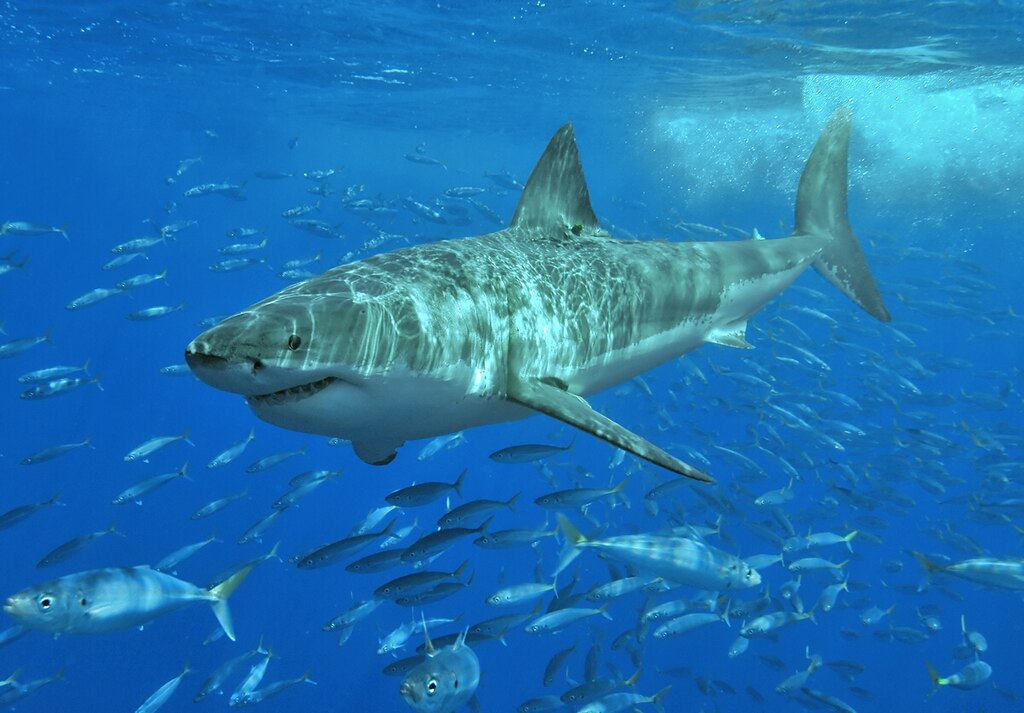
Shark-related chumming has emerged as particularly controversial, with substantial debate surrounding its safety and ecological implications. Shark tourism operations worldwide use chum to reliably attract sharks for cage diving and observation experiences, creating significant economic benefits but raising questions about altered shark behavior. Critics argue that regular chumming may condition sharks to associate boats and human activity with food, potentially increasing the risk of shark-human interactions in popular recreational waters. Research findings on this topic remain mixed, with some studies suggesting minimal behavioral changes while others indicate potential conditioning effects in certain species. The controversy has led to strict regulations in many jurisdictions, with complete bans in some areas, like Hawaii’s state water, and specific restrictions on quantities, locations, and timing in others, like South Africa’s shark tourism centers.
Water Quality Considerations
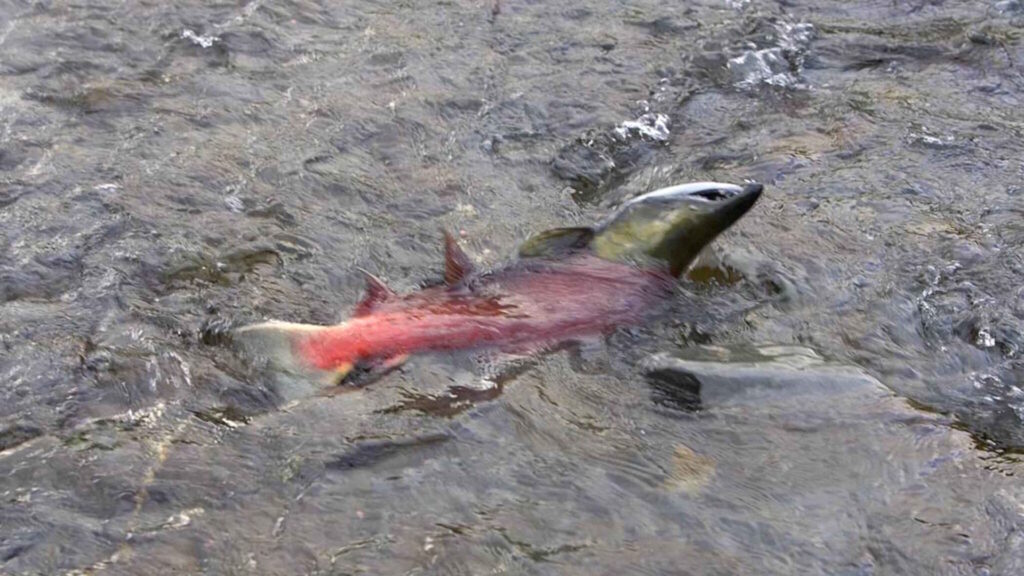
The decomposition of unused chum materials can significantly impact water quality, particularly in enclosed or poorly circulated water bodies. As organic matter breaks down, it consumes dissolved oxygen through bacterial decomposition processes, potentially creating hypoxic conditions that stress or kill aquatic organisms. This oxygen depletion effect is particularly pronounced in warmer waters, where bacterial activity accelerates, and in areas with limited water exchange, like small lakes, bays, or harbors. Nutrient loading from decomposing chum can also stimulate algal growth, potentially contributing to harmful algal blooms in susceptible environments. Studies in freshwater environments have documented measurable water quality degradation in heavily chummed areas, particularly when the practice occurs repeatedly in the same location without adequate time for natural processing of the introduced organic matter.
Best Practices for Recreational Anglers

Responsible recreational anglers can significantly minimize ecological impacts through thoughtful chumming practices that balance fishing success with environmental stewardship. Using biodegradable and natural chum components reduces the introduction of synthetic materials that might persist in the environment. Quantity management represents another critical best practice, with the general recommendation being to use the minimum amount needed to attract fish rather than creating excessive slicks or clouds of material. Timing considerations also matter significantly, with anglers advised to avoid chumming during spawning seasons when fish are particularly vulnerable or in areas with known water quality challenges. Finally, location awareness is essential, with special attention to avoiding sensitive habitats like seagrass beds, coral reefs, or known breeding grounds where ecosystem disruption could have magnified impacts.
Commercial Fishing Considerations
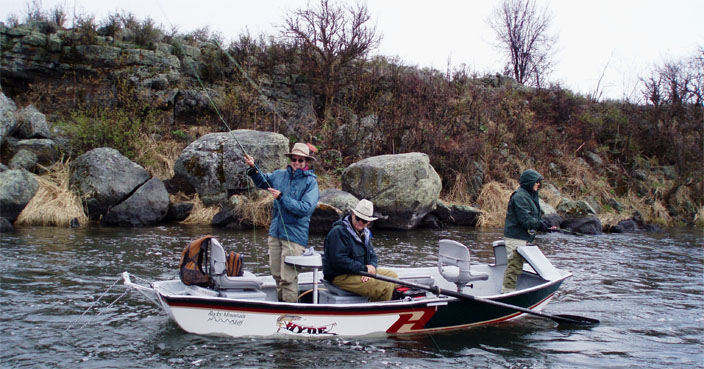
The scale of commercial chumming operations necessitates particularly careful management to prevent significant ecological disruption. Commercial vessels typically use vastly larger quantities of chum than recreational anglers, creating potential for widespread impact if not properly managed. Industry best practices increasingly emphasize the use of sustainable chum sources, such as utilizing processing waste from sustainably harvested fisheries rather than deliberately catching fish solely for chum production. Spatial management has also emerged as an important consideration, with rotating chumming locations to prevent continuous impact on specific ecosystem areas. The commercial sector also faces growing pressure to document and monitor their chumming practices, with some fisheries management authorities requiring detailed reporting of quantities, locations, and composition of chum materials deployed during fishing operations.
Scientific Research on Chumming Effects
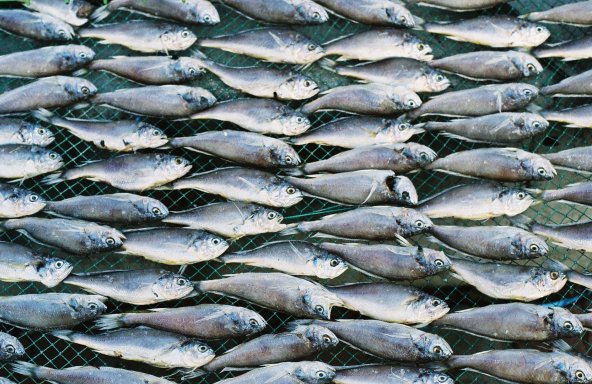
Our understanding of chumming’s ecological impacts continues to evolve through dedicated research efforts examining both short and long-term effects. Studies employing acoustic tagging technologies have revealed how certain species alter their movement patterns in response to regular chumming, sometimes remaining in areas they would naturally pass through only briefly. Environmental DNA (eDNA) research has begun documenting changes in species composition and biodiversity in heavily chummed areas compared to similar unchummed control sites. Behavioral ecology studies are particularly revealing, demonstrating how some species exhibit modified feeding strategies, territorial behaviors, or predator avoidance tactics when regularly exposed to artificial feeding opportunities. Despite these advances, significant knowledge gaps remain, particularly regarding long-term ecosystem-level effects and species-specific responses, highlighting the need for continued research to inform evidence-based management.
Alternative Fishing Techniques
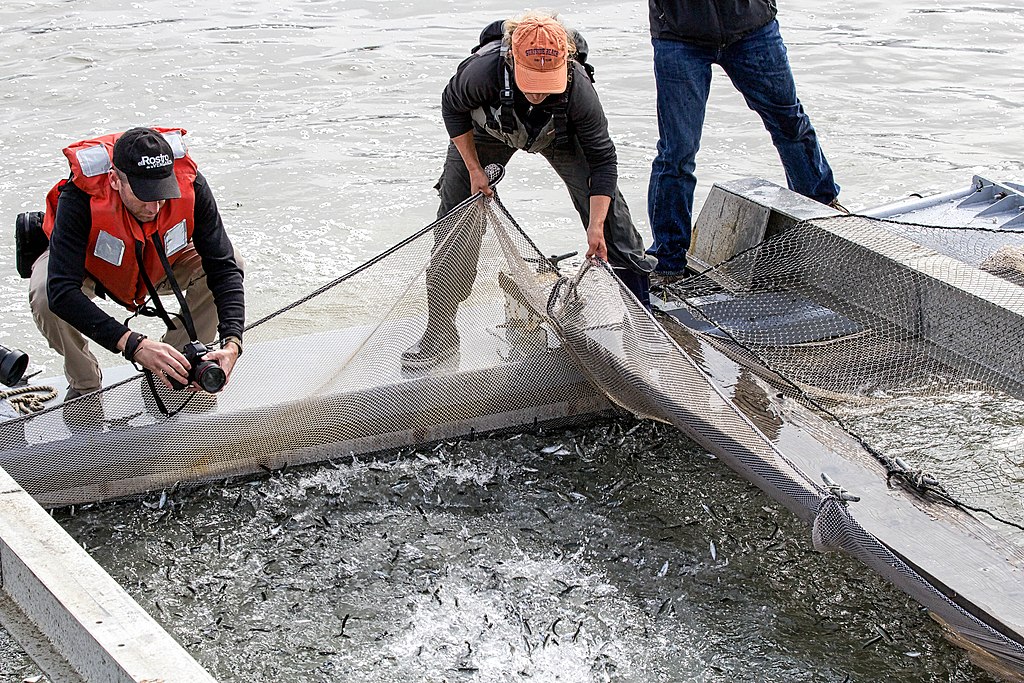
Growing awareness of chumming’s potential impacts has stimulated interest in alternative fishing approaches that minimize ecological disruption while maintaining fishing success. Technological innovations include electronic fish attractants that use sound, light, or electromagnetic stimuli rather than organic materials to draw fish to fishing areas. Habitat-based fishing strategies focus on understanding and utilizing natural fish congregation points like structure, current lines, or temperature gradients rather than creating artificial attractants. Knowledge-based approaches emphasize developing a deeper understanding of fish behavior, migration patterns, and feeding cycles to time fishing efforts optimally without artificial attraction. For recreational anglers in particular, these alternatives often provide the additional benefit of developing more sophisticated fishing skills and ecological understanding, potentially enhancing the overall fishing experience beyond simple catch metrics.
International Management Approaches
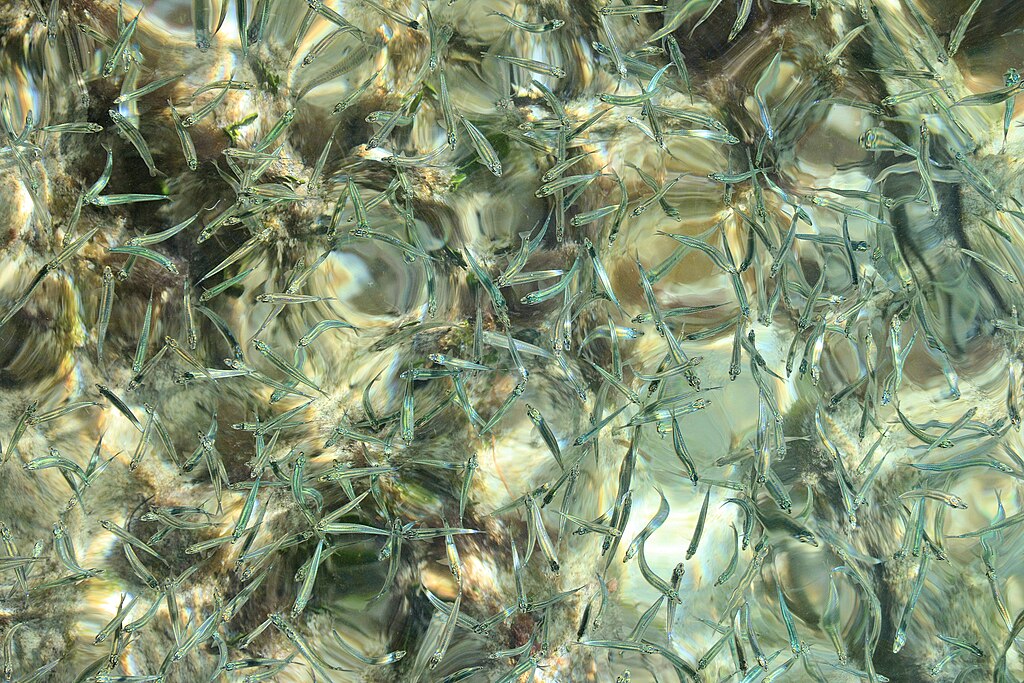
The global patchwork of chumming regulations reflects diverse cultural attitudes toward fishing and different ecological contexts. New Zealand has pioneered ecosystem-based management of chumming, with regulations varying by marine ecosystem type and adjusting seasonally based on ecological monitoring. Japan maintains a complex regulatory system deeply informed by its traditional fishing heritage, allowing chumming within carefully defined parameters while prohibiting it entirely in marine protected areas. Canada employs a watershed-based approach, with regulations tailored to specific river systems and lakes based on their ecological characteristics and vulnerability. The diversity of these approaches highlights both the complexity of effective chum management and the importance of locally-relevant solutions that consider specific ecological conditions, fishing practices, and cultural contexts rather than one-size-fits-all prohibitions or allowances.
Future Directions in Responsible Chum Use

The evolution of chumming practices appears headed toward more sophisticated, ecologically-informed approaches that balance fishing traditions with environmental stewardship. Eco-certification programs for fishing charters and commercial operations have begun including chumming practices in their assessment criteria, creating market incentives for responsible use. Technological innovation continues advancing more targeted and controlled chum delivery systems that reduce waste and environmental dispersion, such as underwater release mechanisms that minimize surface spread. Education initiatives aimed at recreational anglers increasingly incorporate information about responsible chumming alongside traditional fishing skills instruction. As our understanding of aquatic ecosystems deepens, we can expect continued refinement of both regulations and practices, likely trending toward more ecosystem-specific and adaptive management approaches rather than simple prohibitions or unrestricted use.
Conclusion

The responsible use of chum represents a microcosm of the broader challenge of balancing human utilization of natural resources with ecological stewardship. Rather than viewing chumming as inherently problematic or unconditionally acceptable, the path forward likely involves nuanced, science-based approaches that consider specific ecological contexts, fishing purposes, and potential alternatives. By embracing responsible practices, staying informed about local regulations, and remaining receptive to evolving research, anglers can help ensure that chumming remains a viable fishing technique while minimizing ecological impacts. As with many human interactions with natural systems, the key lies not in abandoning traditional practices but in adapting them thoughtfully as our understanding of ecological relationships and our capacity for responsible management continue to grow.
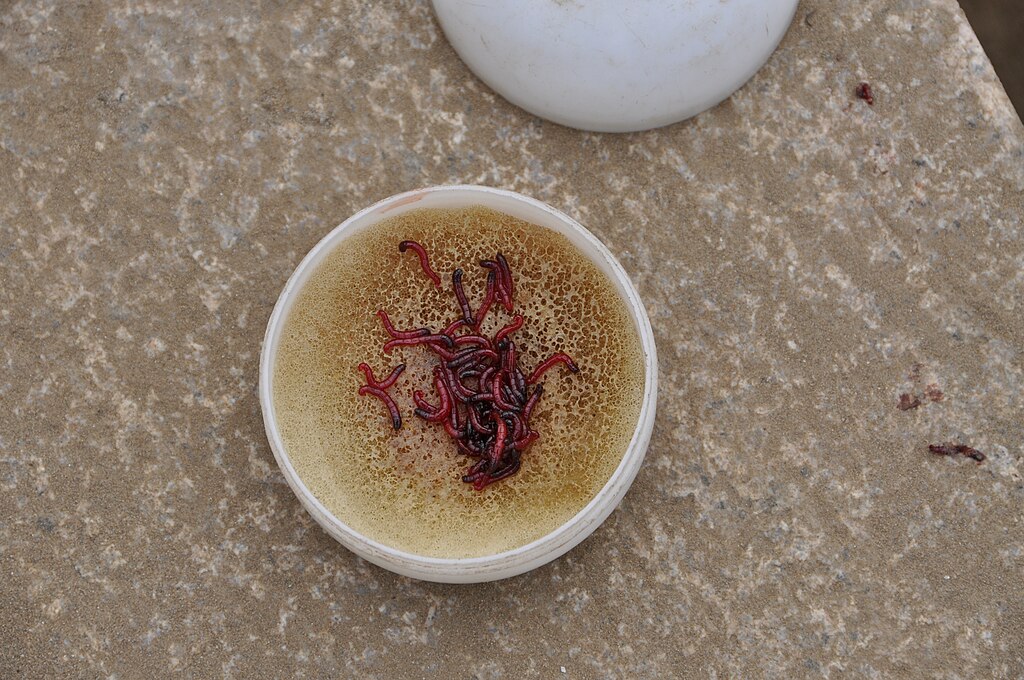
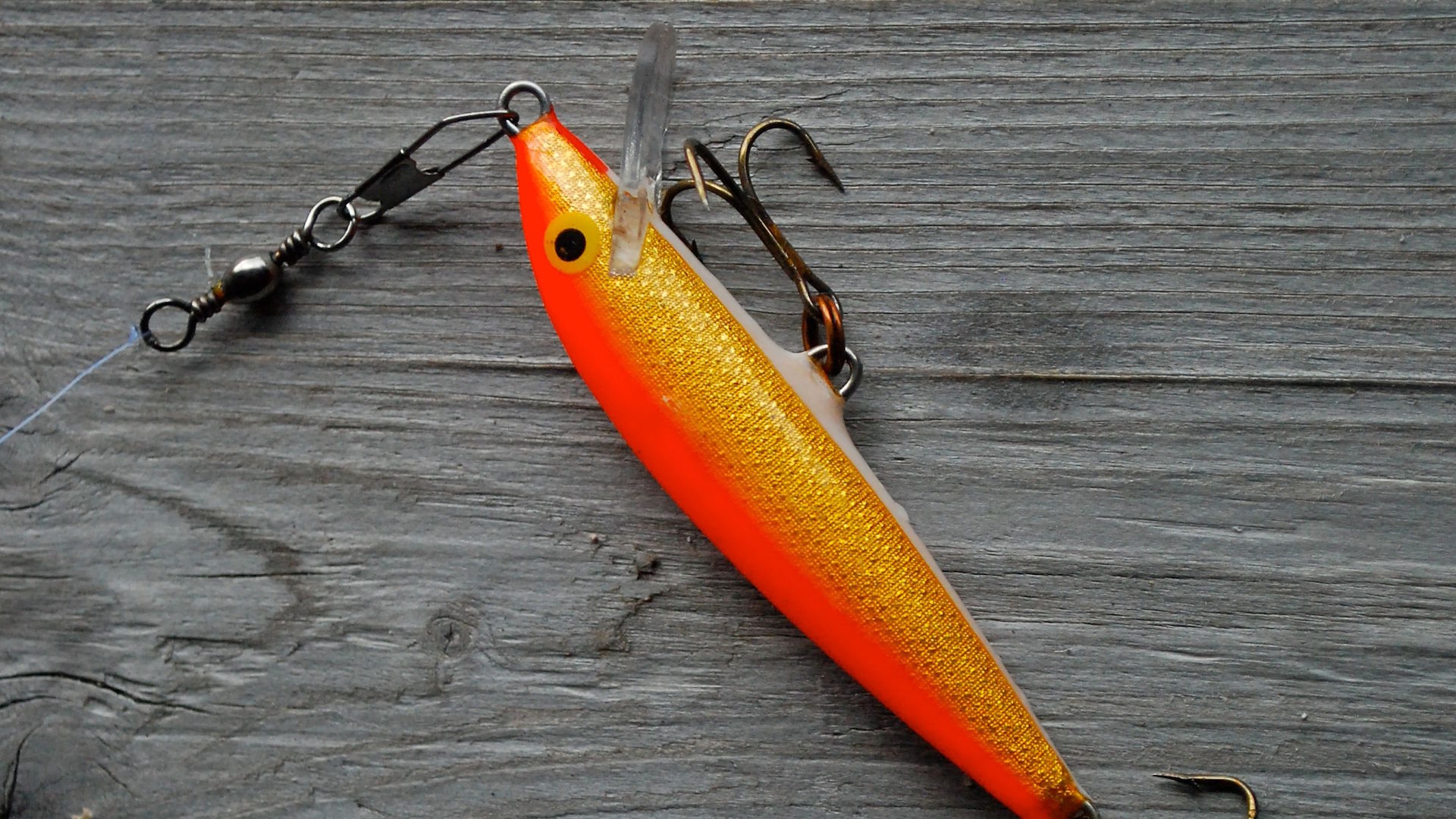












Post Comment